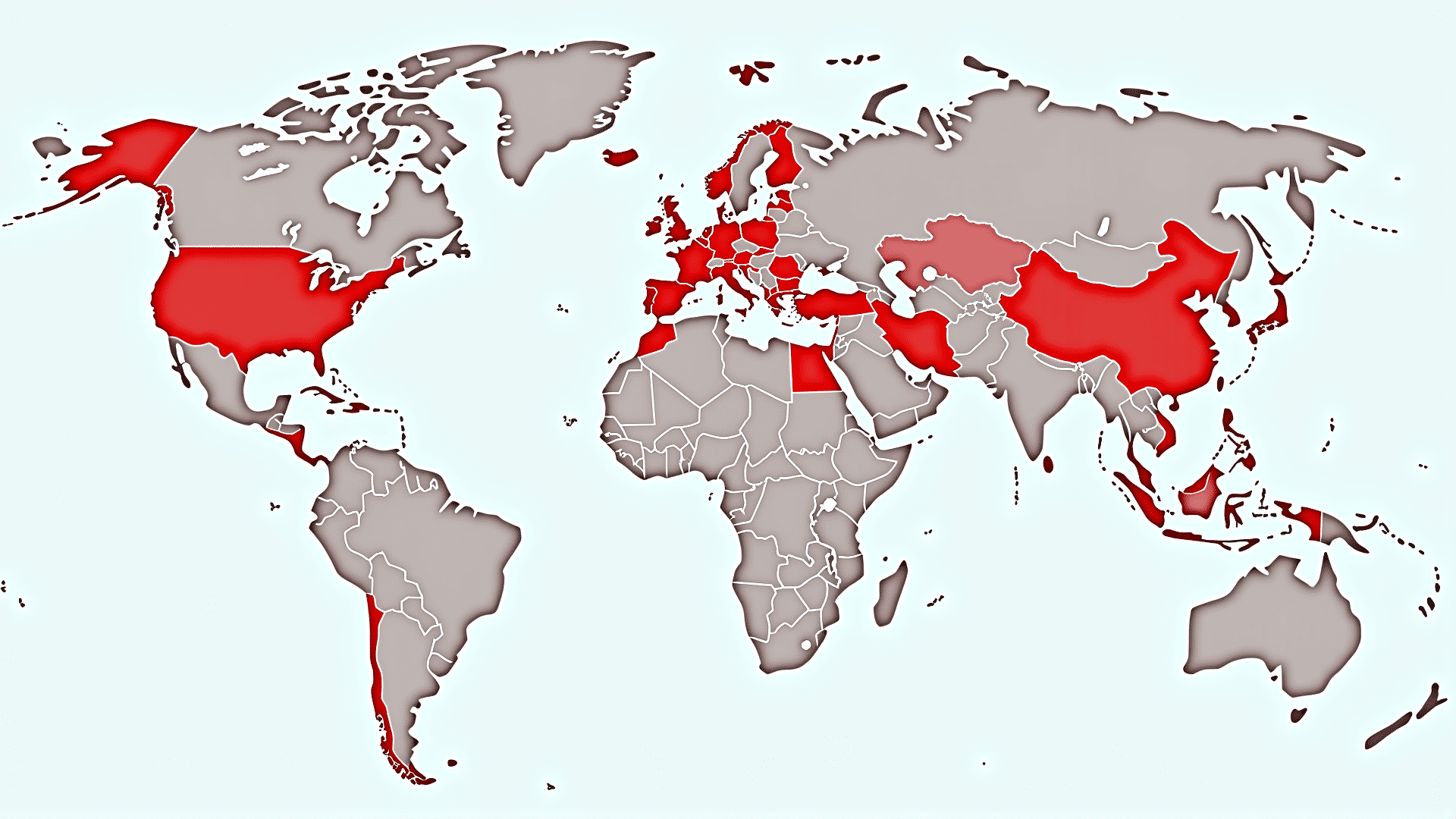Economic systems are pivotal in shaping the way countries manage resources, produce goods, and distribute wealth among their populations. Each system has distinct characteristics that influence societal and economic outcomes. Examining different systems globally allows for a deeper understanding of their operational frameworks, with a particular focus on Canada's model.
Capitalism is a predominant system where private individuals and businesses own the means of production. This system emphasizes individual innovation and market competition, with prices determined by supply and demand dynamics. Nations like the United States exemplify capitalism, fostering environments that promote entrepreneurial ventures and competitive markets to stimulate economic activity.
Socialism, on the other hand, involves collective or governmental ownership and administration of the means of production. This system seeks to reduce the disparities between rich and poor by redistributing wealth more evenly across society. Scandinavian countries, such as Sweden and Norway, employ elements of socialism, offering comprehensive social welfare programs funded by higher taxation.
Communism represents an extreme form of socialism where all property is publicly owned, aiming to eliminate class distinctions. It seeks a stateless society where resources and production are shared equally. Pure communism is more theoretical, with countries like China adopting a combination of state control and market-oriented reforms to spur growth.
Canada's economic framework integrates elements of both capitalism and socialism, embodying what is known as a mixed economy. This system combines free market operations with strategic government interventions. Private enterprise flourishes within a regulated environment that safeguards public interest.
In Canada, essential services such as healthcare are publicly funded, ensuring universal access. The country's taxation system supports these public services, achieving a balance between individual prosperity and social welfare. This approach aids in reducing inequality, providing citizens with robust social safety nets alongside vibrant market competition.
Furthermore, Canada’s regulatory systems ensure that businesses operate within sustainable and ethical boundaries. Environmental regulations, labor standards, and consumer protections are enforced to align commercial activities with broader societal values.
The diverse economic landscapes across the globe illustrate that no single system is unequivocally superior. Instead, each country adopts or adapts systems that reflect its historical, cultural, and societal norms. Canada’s mixed economy stands out as a model striving for equilibrium between efficiency and equity, reinforcing the idea that tailored approaches can address the unique challenges and aspirations of different nations.
In understanding these various economic systems, it becomes evident that Canada’s blend of market freedom and government oversight aims to cultivate a fair and prosperous society, showcasing how diverse approaches can carve out pathways to shared prosperity.
